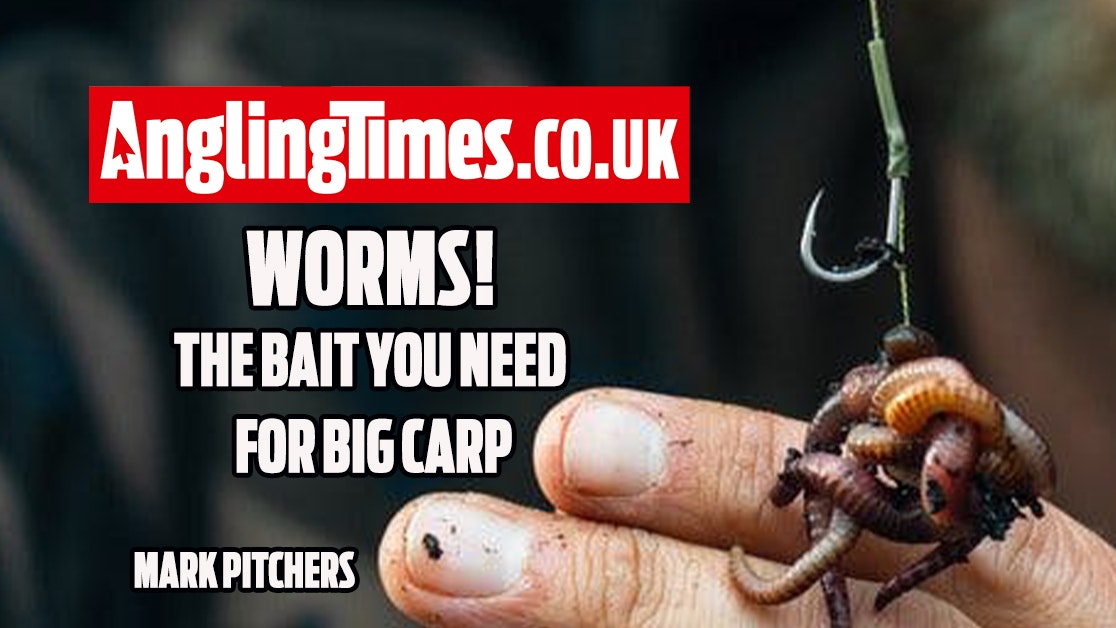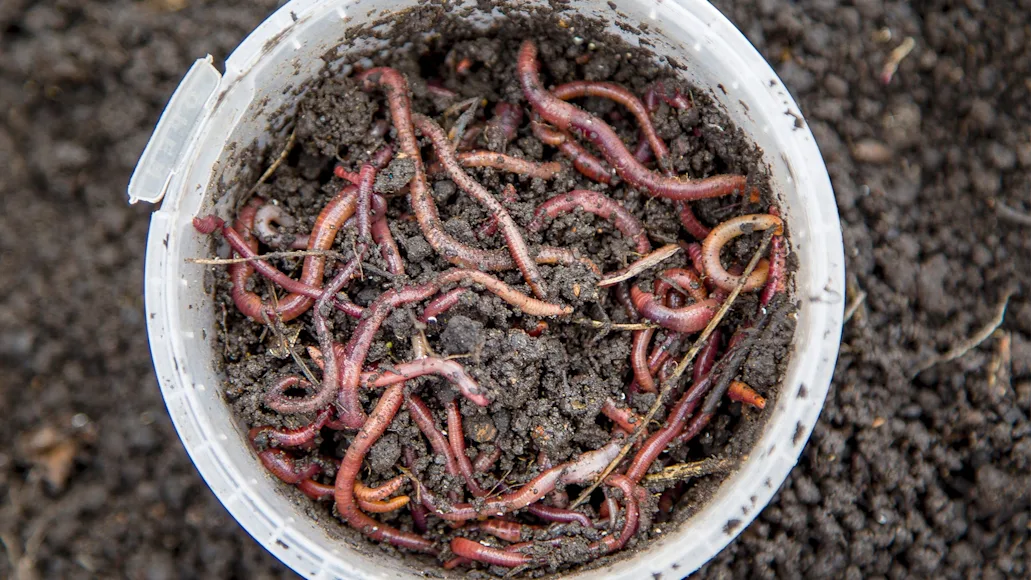Top Guidelines Of Where To Find Red Wigglers
Top Guidelines Of Where To Find Red Wigglers
Blog Article
Where To Find Red Wigglers for Beginners
Table of ContentsSome Known Questions About Where To Find Red Wigglers.Some Ideas on Where To Find Red Wigglers You Need To KnowThe Main Principles Of Where To Find Red Wigglers The Greatest Guide To Where To Find Red WigglersSome Of Where To Find Red Wigglers8 Simple Techniques For Where To Find Red Wigglers
For finest outcomes, you intend to strive regarding 60-70% wetness level. The most basic test for this is to squeeze a handful as hard as you can. At the ideal moisture levels which is just under 70% that handful should barely yield one decrease of liquid. pH in a worm bin is pretty very easy to keep.
The Indian Blue is ravenous, but additionally chooses a warmer climate and it additionally exhibits a propensity to leave the container. The red wiggler is a sturdy worm and isn't as choosy about its environment. I like to call it the Ford Taurus of vermicomposting worms; you won't boast to your hardcore composting friends that you own them, but they will certainly serve you well.
Like any other bait, a worm's effectiveness has actually come to rely on its discussion. H.G. "Tap" Tapply highlighted this point virtually a half century back in among his Area & Stream columns. "A worm is such an unformed creature," he created, "there does not seem to be significantly a fisherman can do with it other than jab it on a hook and toss it right into the water." As Tap showed, an angler can do an excellent deal to make a worm a lot more appealing.
Some Known Facts About Where To Find Red Wigglers.
I think you will certainly too if you try them. The smaller the trout stream, the far better worms job is an axiom that hasn't changed in the 100-plus years because Perry composed his post. Anglers of his era just stuck their rickety fishing pole with alder tangles and dropped a heavy worm right into a deep opening.
Early morning is prime feeding time, and the lightweight lure's slow-moving descent leaves 5 inches of wriggling healthy protein completely view for a long time. After you have actually made the cast, maintain the bail open and placed the pole in a forked stick. The line will diminish the rod in sluggish loops as the worm works out, yet generally the slow loopholes will become a blur, and the early morning will instantly obtain instead intriguing.
I generally use a whole 'crawler, prefer marabou dressing, and go down the pole for 2 or three secs when I obtain a hit.
If it's there, set the hook with a sweep instead than a jerk. As soon as in a while you'll locate yourself hooked to those slow-moving, passionate tugs, and really feel the weight of a wonderful walleye.
Where To Find Red Wigglers - An Overview
When the heavy walleyes proceed to the big-water shoals in the late summer season, try going after them with reference a bucktail jig and a 1-inch pinch of nightcrawler. The lure covers the hook point, deflects weeds, and provides a taste of prey. With nothing dangling or waving, it stays secure no matter existing, casts, or enthusiastic panfish.
Whether you're wading or fishing from a watercraft, wandering worms is among the terrific looking strategies for larger rivers. For trout, a spade-dug, 4-inch yard worm is the appropriate dimension; for bass, walleyes, and steelhead, a nightcrawler may be a better choice. The secret is to drift the bait with feeding and holding areas because fish in existing are not going to chase down the lure, as they may in still water.
Strikes will come as a sharp pull rather than a pull or rap. Fish the shifts: mouths of tributaries, bank-side slicks, and the edges of huge swimming pools. As the late Ed Zern, Field & Stream's great satirist, when put it: Fishermens are birthed honest but they obtain over it. His rule puts on any type of variety of angling maneuvers, consisting of the issue of including an item of worm to a wet fly.

Where To Find Red Wigglers - An Overview
Load it with shredded paper, leaves, peat moss, and soil. Moisten gently. Cover and allow sit for a week. Add a couple of hundred worms and feed them two times a week. Maintain the bedding moist yet not wet. On the menu: lettuce, fruit and veggie waste, and the periodic nongreasy extra.
Similar to veggie scraps, you can take your made use of coffee grounds and include them to a worm box. Worms enjoy eating coffee premises. With the ideal problems and moist, healthy soil, worms can live in a container of dirt for around 3 weeks. Shop out of direct sunlight and maintain a temperature in between 50 and 80 degrees.
When the hefty walleyes proceed to the big-water shoals in the late summer, try going after them with a bucktail jig and a 1-inch pinch of nightcrawler. The bait covers the hook point, deflects weeds, and uses a preference of target. With absolutely nothing go to this website dangling or waving, it remains safe no matter of existing, casts, or ambitious panfish.
The Where To Find Red Wigglers Statements
Whether you're wading or fishing from a boat, drifting worms is among the excellent browsing approaches for larger rivers. Where To Find Red Wigglers. For trout, a spade-dug, 4-inch yard worm is the ideal size; for bass, walleyes, and steelhead, a nightcrawler might be a far better option. The key is to wander the bait through this contact form feeding and holding locations since fish in current are not going to chase after down the bait, as they could in still water
Fish the changes: mouths of tributaries, bank-side slicks, and the sides of large swimming pools. His rule uses to any type of number of angling maneuvers, including the issue of adding an item of worm to a wet fly.
Yet increasing your own lure indicates you can unclothe your house and hit the pond prior to Mother comes homejust like in the old days. Right here's exactly how to maintain a worm box: Cut a sheet of CDX-grade plywood, which is made with waterproof glues, to your measurements. Accomplish with each other and pierce a loads 12-inch holes in the base for drainage.
What Does Where To Find Red Wigglers Do?
Load it with shredded newspaper, leaves, peat moss, and soil. Moisten lightly. Cover and let sit for a week. Add a few hundred worms and feed them two times a week. Maintain the bedding damp yet not wet. On the food selection: lettuce, fruit and veggie waste, and the occasional nongreasy extra.
Simply like veggie scraps, you can take your made use of coffee premises and include them to a worm box. Worms like consuming coffee grounds.
Report this page